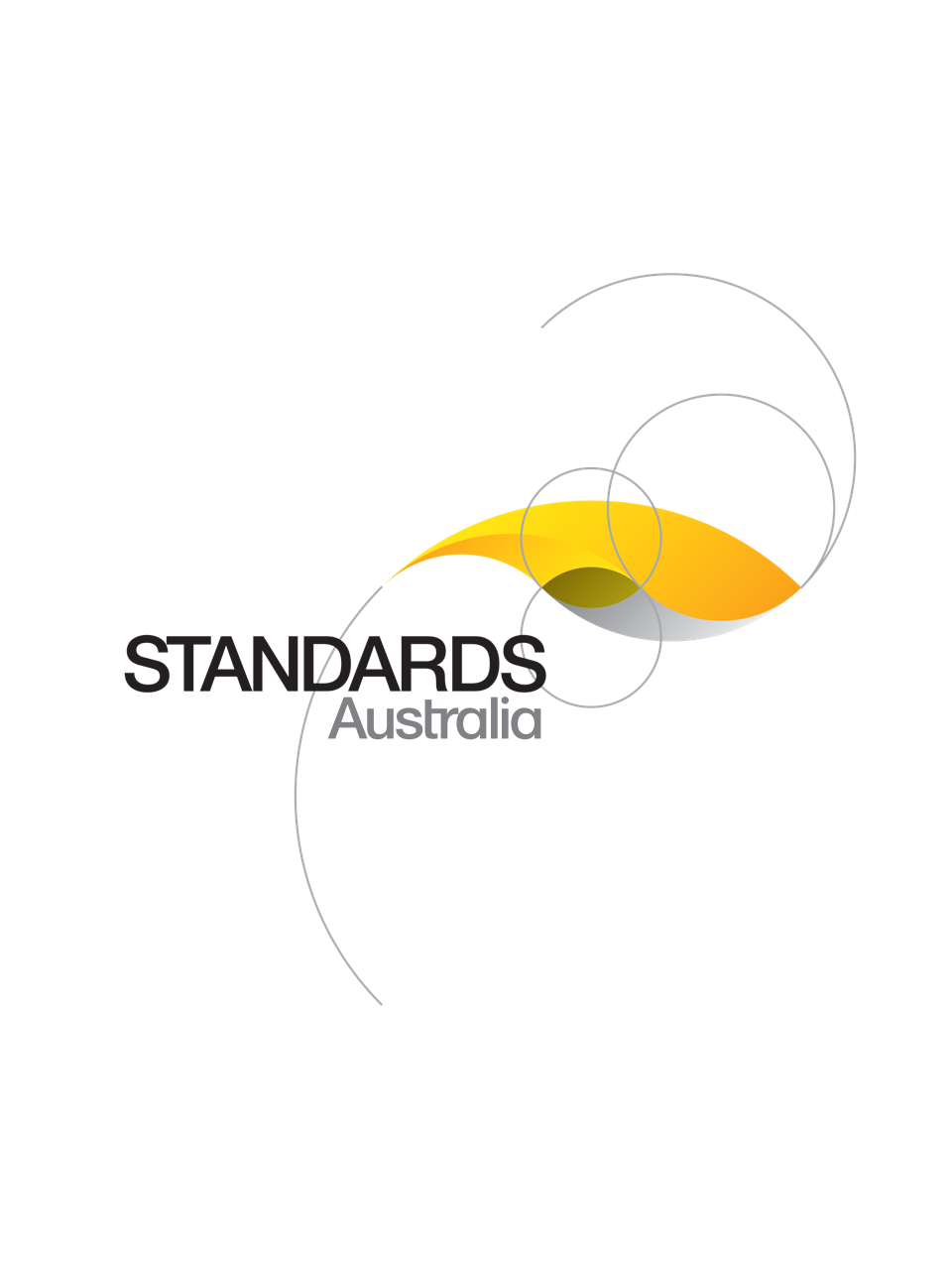Standard
Track updates
AS ISO 59010:2024
[Current]Circular economy - Guidance on the transition of business models and value networks
AS ISO 59010:2024 identically adopts ISO 59010:2024, which provides guidance for an organization seeking to transition its value creation models and value networks from linear to circular.
Published: 30/08/2024
Pages: 38
Table of contents
Cited references
Content history
Table of contents
Header
About this publication
Preface
Foreword
Introduction
1 Scope
2 Normative references
3 Terms and definitions
4 Setting goals for the transition to a circular economy value creation model and its boundary
4.1 Goal definition
4.2 Understanding the current value creation model and value network of the organization
4.3 Mapping the value chain and networks of flows
4.4 Setting the boundary for addressing circularity
4.5 Understanding current circularity performance
4.6 Considering actions that contribute to a circular economy
4.6.1 General
4.6.2 Actions that create added value
4.6.2.1 General
4.6.2.2 Design for circularity
4.6.2.3 Circular sourcing
4.6.2.4 Circular procurement
4.6.2.5 Process optimization
4.6.2.6 Industrial, regional or urban symbiosis
4.6.3 Actions that contribute to value retention
4.6.3.1 General
4.6.3.2 Reduce, reuse and repurpose
4.6.3.3 Maintenance and repair
4.6.3.4 Performance-based approaches
4.6.3.5 Sharing to intensify use
4.6.3.6 Refurbishing
4.6.3.7 Remanufacturing
4.6.4 Actions that contribute to value recovery
4.6.4.1 General
4.6.4.2 Reverse logistics
4.6.4.3 Cascading of resources
4.6.4.3.1 General
4.6.4.3.2 Cascading in technical cycles
4.6.4.3.3 Cascading of biobased resources
4.6.4.4 Recycling
4.6.4.5 Waste management
4.6.4.6 Material recovery
4.6.4.7 Energy recovery
4.6.5 Actions to regenerate ecosystems
4.6.6 Actions to support a circular economy transition
4.6.6.1 General
4.6.6.2 Education and research
4.6.6.3 Innovation
4.6.6.4 Collaboration and networks
4.6.6.5 Helping users change their behaviour
4.6.6.6 Policy and legal system
4.6.6.7 Financial services
4.6.6.8 Digitalization
4.6.7 Guidance for resource management actions
5 Determining a circular economy strategy
5.1 Identifying gaps and opportunities
5.2 Determining a circular economy strategy based on circular economy principles
5.3 Addressing economic rationalization
6 Transitioning the value creation model of an organization towards circularity
6.1 Developing a plan
6.2 Reviewing the elements of the value creation model in light of desired changes
6.2.1 General
6.2.2 Value proposition
6.2.3 Key activities
6.2.4 Key business resources
6.2.5 Customer segments
6.2.6 Customer relationships
6.2.7 Channels
6.2.8 Costs
6.2.9 Revenue streams
6.2.10 Key partners
6.2.11 Other elements
6.2.12 Other considerations
7 Transitioning a value network towards circularity
7.1 General
7.2 Establishing shared objectives, strategy and plan
7.3 Implementing appropriate value network governance
7.4 Leveraging or establishing shared infrastructures (physical and digital)
8 Reviewing and monitoring for continual improvement
8.1 Measuring and assessing circularity performance
8.2 Improving the value creation model of the organization
8.3 Improving the value network
Annex A
A.1 Example for mapping the value chain and network (see 4.4)
A.2 Example of the cumulative environmental impact over the solution’s life cycle (see 5.2)
A.3 Example of materiality matrix (see 5.2)
A.4 Example of economic rationalization (see 5.3)
A.5 Example of reverse logistics (see 4.6)
A.6 Example of industrial symbiosis (see Clause 7)
Bibliography
Cited references in this standard
